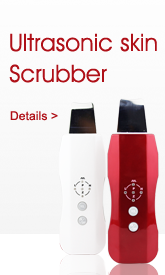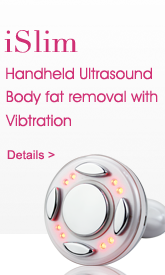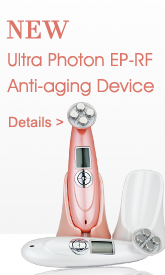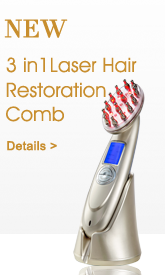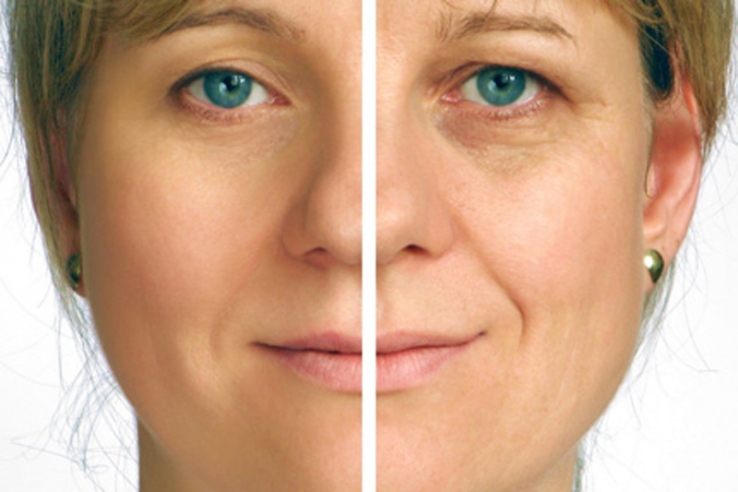Nonablative Advantages
Nonablative fractional devices offer dermal heating, but leave the epidermis intact, making them a good choice for patients who want no downtime and those for whom ablative procedures may pose a risk. “When the nonablative fractional lasers first came out, they were geared more toward pigmentation issues, and I think that is still the best arena for them,” says Dr. Obagi, who also chooses nonablative for patients who have very delicate skin, including much older patients and those on prednisone.
“[Fractionated devices] all work when looking at the end results,” says Michael Gold, MD, assistant clinical professor, Vanderbilt University Medical Center and founder of Gold Skin Care in Nashville. “It’s how we get there that’s different—the number of sessions varies, but the end results are all similar.”
Radio frequency Offerings Expand. The newest entry in the fractionated skin rejuvenation market is radio frequency (RF)-based devices. Promising dermal disruption with minimal epidermal damage, they fall closer to nonablative devices on the ablation spectrum.
“Instead of having a color target, like laser wavelengths, the RF strictly delivers energy based on how much tissue resistance or impedance there is,” says Dr. Eubanks, who treats patients of any skin color in his practice. Its so-called “color-blindness” and corresponding safety profile for patients with darker skin tones is one of the technology’s biggest selling points.
“When extensive epidermal renewal is required, together with some degree of dermal heating, lasers have an advantage,” says Daniel Cassuto, MD, professor of plastic surgery at the University of Catania in Milan. “When dermal heating is required without extensive epidermal damage, e.g., rejuvenation in darker skin types, fractional RF is preferred.”
“RF is tricky because you can do things with laser energy that is more focal, more controlled,” says Christopher B. Zachary, MD, FRCP, professor and chair of the department of dermatology, University of California, Irvine. “But the RF technology is becoming more refined and it is more affordable, which means we’re going to see more and more of these devices out there.” He notes that RF devices may be selling a false sense of security for darker skin types, especially when used at a more intense ablative setting, “It’s still vaporization of the tissue, and certain things happen when you create this type of damage,” he says.
iBeautyMachine.com

